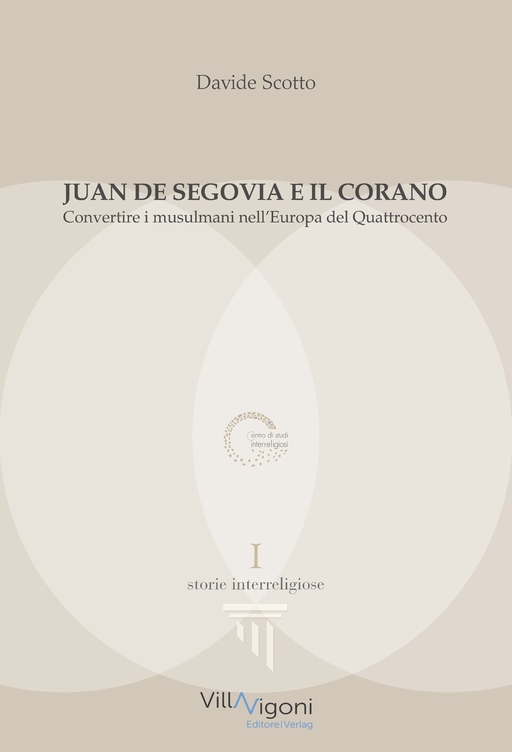Description
In spring 1456, with the help of the Muslim faqih Yça Gidelli, Juan de Segovia accomplished a trilingual Qur'an (Castilian, Arabic, and Latin) he regarded as fundamental to the conversion programme addressed to Muslims, which he conceived after the fall of Byzantium (1453). This book delves into the origins and development of Segovia's programme, from his university lectures to the disputes held with Muslims, from the doctrinal debates at the Council of Basel to his exile at the Aiton monastery in Savoy and the destiny of his books. Segovia deemed the await of miracles, preaching in Islamic lands, and the Crusade promoted by the papacy, to be useless for conversion. On the contrary, he considered proper knowledge of the Qur'an as unavoidable for Christian scholars engaged in confrontation with Islamic doctrine, but also for Muslims, who were supposed to understand Christian doctrine through their own "law".
Segovia's proposal is far from echoing modern concerns for religious tolerance or pacifist stances, nor can it be explained in light of the scholarly approach to Islam developed by European Arabists in the second half of the nineteenth century, let alone twentieth-century initiatives prompting "interreligious dialogue". Drawing on Biblical language and Scriptural exegesis, it is rather a result of the practice of debate between Christian and Islamic scholars which Segovia discussed with influential churchmen such as Nicholas of Cusa and Enea Silvio Piccolomini. He believed this programme - called "via pacis et doctrine" - to be the only effective solution to stem wars and persuade Muslims to convert voluntarily to the Christian faith.

